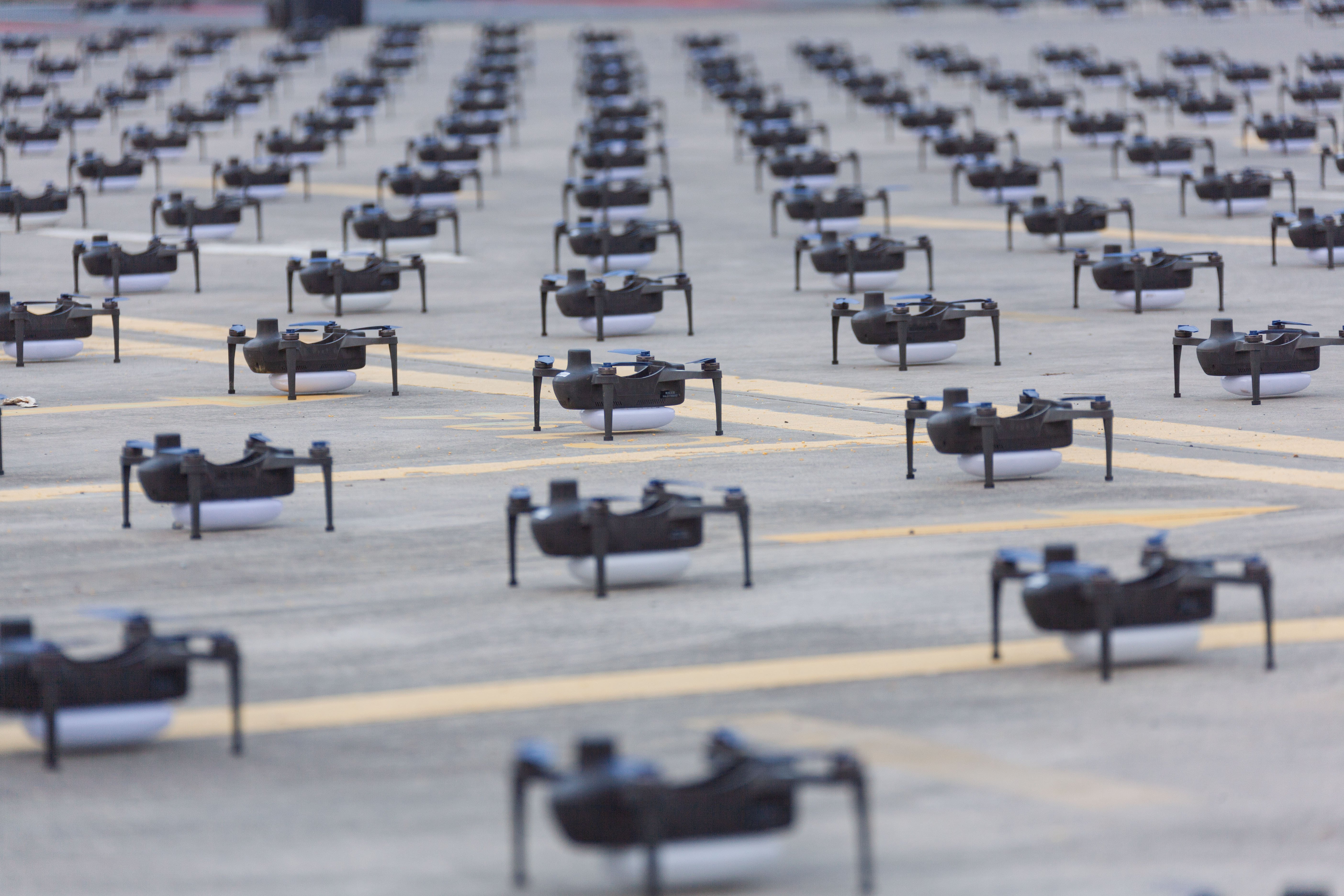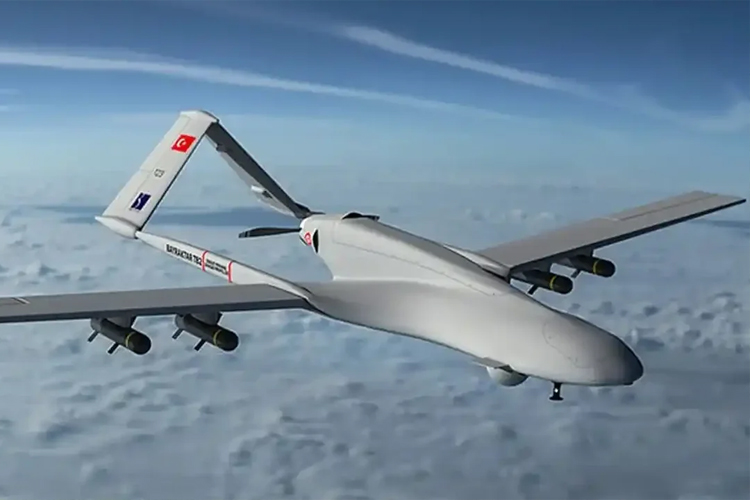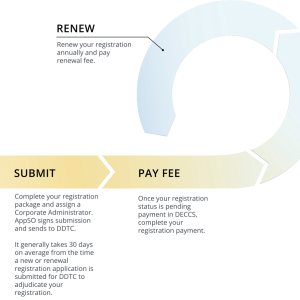Europe’s Drone Production Push Amid Ukraine War
European countries are facing increased pressure to significantly boost drone production, potentially scaling up to millions of units per year, driven by ongoing demands from Ukraine amidst its conflict with Russia. Experts highlight that the rapid deployment of drones has become crucial for battlefield effectiveness, situational awareness, and logistical support.
Drones: Strategic Game Changers on the Battlefield
According to recent analyses, drones have proven indispensable in the Russia-Ukraine conflict, enabling forces to conduct reconnaissance, surveillance, and targeted strikes with unprecedented efficiency. The agility and relatively low cost of drones make them vital assets that can tip the balance in prolonged engagements.
Ukraine, currently relying heavily on international support, underscores the critical role of drones in countering Russian forces, advocating strongly for increased European production capacity. Industry experts stress that Europe must urgently expand its manufacturing capabilities to meet these escalating demands.
Scaling Production: Europe’s Industrial Challenge
Despite technological prowess, European drone production currently lags significantly behind global leaders such as the U.S., China, and Israel. To bridge this gap, European policymakers and defense companies are called to invest aggressively in industrial infrastructure, streamlined regulations, and innovation incentives.
Increased collaboration across EU nations, combined with strategic investments in defense technology, could transform Europe into a drone manufacturing powerhouse capable of producing millions of drones annually. Such capacity would not only aid Ukraine but also strengthen European defense resilience overall.

Ukrainian military drone assembly line, highlighting Europe’s push for increased drone manufacturing amid ongoing regional conflicts.
This high-resolution image depicts a Ukrainian military drone being assembled in a modern production facility, highlighting the growing emphasis on drone manufacturing across Europe in response to current security challenges.
Geopolitical Implications of Drone Production
Elevating drone production is not merely a tactical decision but a geopolitical strategy, positioning Europe more robustly within NATO’s defensive framework. This ramp-up could enhance Europe’s strategic autonomy, reducing dependency on external technology sources and increasing political leverage on the international stage.
Analysts from think tanks such as SIPRI emphasize that a cohesive European drone strategy will significantly influence the continent’s diplomatic and defense posture in the years ahead.
As Europe scrambles to bolster its drone production amid rising regional threats, one country already stands out as a proven leader in unmanned aerial systems: Türkiye. While European defense programs are scaling up in urgency, Türkiye’s UAV industry is operating at full throttle, delivering not only platforms but battlefield-proven performance.
Bayraktar TB2 drone deployed in the field, exemplifying Türkiye’s operational dominance and export-ready unmanned systems.
Türkiye: From Manufacturer to Strategic Exporter
Türkiye’s UAV sector—led by flagship systems like Bayraktar TB2, AKINCI, and the upcoming ANKA-3—has gone beyond manufacturing. It is actively shaping combat doctrines, allied partnerships, and airspace control dynamics. Unlike many European nations still in prototype phases, Türkiye has:
- A vertically integrated and domestic UAV supply chain
- Combat deployment experience in multiple regions
- A growing list of export customers across NATO, Africa, and Central Asia
Europe’s Catch-Up Game
European defense firms are investing heavily in drone development through initiatives like the Eurodrone program and rapid procurement channels. However, Türkiye’s head start in integrating AI, autonomy, and ISR-strike capability gives it a tactical edge.
The question facing Europe is not just how fast it can produce drones—but whether it can replicate Türkiye’s full-stack ecosystem of design, testing, field integration, and scalable export.
Strategic Implications for NATO and Beyond
As the NATO landscape evolves, Türkiye’s drone leadership positions it as a critical partner in multi-domain operations, not just a regional player. Its UAVs are increasingly seen as interoperable, cost-effective, and adaptable for modern hybrid warfare.
Europe is accelerating production. But Türkiye is already flying, fighting, and exporting. Will Europe partner—or compete—with Türkiye in shaping the future of unmanned warfare?
External Link: NATO Official Website
Internal Link: Türkiye’s KAAN Indigenous Jet Engine Program
Further Reading
- Baykar’s Export Success and NATO Interoperability
- ANKA-3: Türkiye’s Stealth Drone Ambitions
- GCAP vs FCAS: Europe’s Next-Generation Fighter Jet Programs
- Steel Dome Enhances Air Defense Capabilities
- Türkiye Commits to NATO’s Defense Spending Goals
“`









